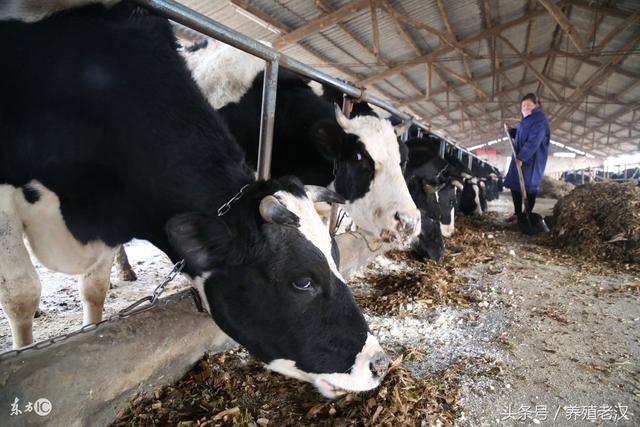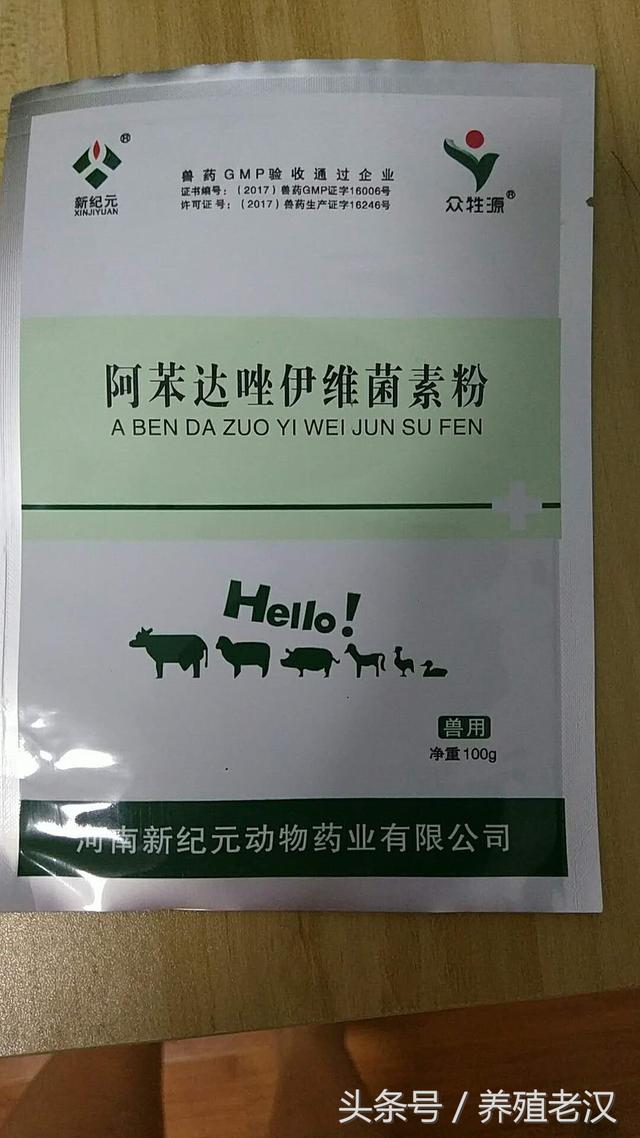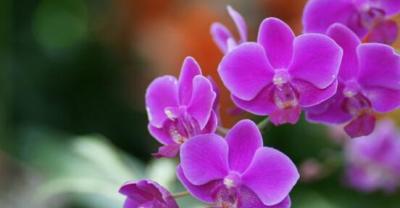Cow farming: these measures keep cows safe through the winter!
During this period of time to communicate with farmers, many farmers in the farm to prepare for the safety of dairy cows in the winter.
Today, let's talk to you about some measures for dairy cows to survive the winter safely.
1. Feed preparation
Adequate feed is the material basis for raising dairy cows and ensuring them to survive the winter.
The feed is mainly hay and silage. Where conditions permit, silage and succulent fodder should be fed in advance. Feeding high quality forage can significantly increase milk yield, but when cows are transferred from grazing to house feeding, grass can not be supplied, so silage should be fed in advance.

2. Adjust the ration reasonably.
In addition to silage, concentrate or high-fat substances should also be fed to increase dietary energy, such as legumes or animal fat, with a supplement of 1% Mel 1.5%.
For dairy cows with daily milk production of more than 30kg, the daily silage feed should be controlled at about 20kg and concentrate 3kg. At the same time, the palatability of feed should be increased to enhance the appetite of dairy cows. Such as adding beans to the silage, or feeding nutritious feeds such as corn flour before drinking water, we should also pay attention to the supplement of salt.

3. Pay attention to the transition of house feeding.
In winter, because of the cold weather, there is a piece of withered grass outside, which is not suitable for grazing, so it is necessary to change to house feeding. Before house feeding, we should pay attention to the transition from grazing to house feeding to prevent digestive tract diseases due to unadaptive conversion.
Generally, about ten days is the transition period, and the grazing time is gradually shortened. Sooner or later, it is necessary to increase the number and quantity of feeding, so that cows can slowly adapt to the life of house feeding. After 10 days, they enter full-day house feeding to gradually increase nutrition and prevent nutrition from plummeting and affecting milk yield. In the diet during the house feeding period, it is better to have silage and root succulent feed, and at the same time increase an appropriate amount of concentrate, so as to give full play to the lactation ability of dairy cows.

4. Check the shed ahead of time
Before the coming of winter, the safety inspection of the shed should be carried out in advance, and the barn, delivery room, milking table and fence of the cattle farm should be inspected in detail, and the problems should be corrected in time. Clean the enclosure in time and spray "Yi'an 100" at least once a week to keep the enclosure relatively clean and dry to avoid dampness and fecal pollution, causing mastitis and hoof disease.

5. Personnel disinfection
Cow workers should pay attention to their own disinfection, change their overalls in time when entering the production area, and carry out ultraviolet disinfection at the same time. Work shoes should be disinfected regularly with a certain concentration of bromogeramine, organic iodine mixture or cresol soap solution.

6. Timely deworming
Due to the changes of external factors, the ability of dairy cows to resist disease decreases, and their physique changes from strong to weak, so it is necessary to drive out the worms in dairy cows in time before the coming of winter, which is beneficial to keeping fat and passing the winter smoothly. Note that faeces containing worms should be accumulated and fermented to kill the worms thoroughly, prevent the second invasion, and also help to purify the environment.

For more knowledge about aquaculture, please leave a message.
- Prev

Culture model of efficient ecological organic grass carp
In spring, the fry has a plague, and in winter, the fry is three points longer. Practice has proved that the Winter Solstice to the Beginning of Spring is the best time to release organic grass carp fingerling, which is beneficial to fish fingerling.
- Next

Apiculture technology apiculture 50 noun explanation
1, apiculture: is the study and analysis of bees a variety of insects, mainly including bee biology, bee breeding, nectar botany, honey...
Related
- On the eggshell is a badge full of pride. British Poultry Egg Market and Consumer observation
- British study: 72% of Britons are willing to buy native eggs raised by insects
- Guidelines for friendly egg production revised the increase of space in chicken sheds can not be forced to change feathers and lay eggs.
- Risk of delay in customs clearance Australia suspends lobster exports to China
- Pig semen-the Vector of virus Transmission (4)
- Pig semen-the Vector of virus Transmission (3)
- Five common causes of difficult control of classical swine fever in clinic and their countermeasures
- Foot-and-mouth disease is the most effective way to prevent it!
- PED is the number one killer of piglets and has to be guarded against in autumn and winter.
- What is "yellow fat pig"? Have you ever heard the pig collector talk about "yellow fat pig"?

